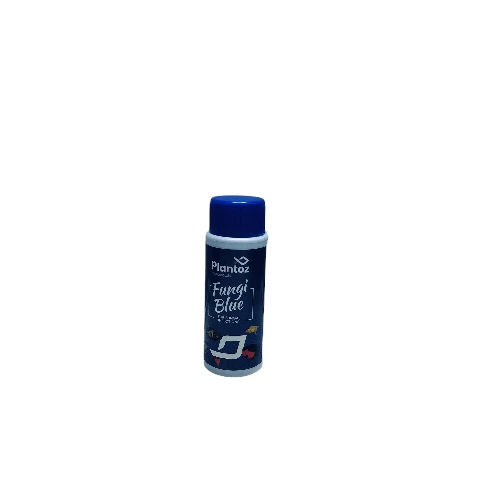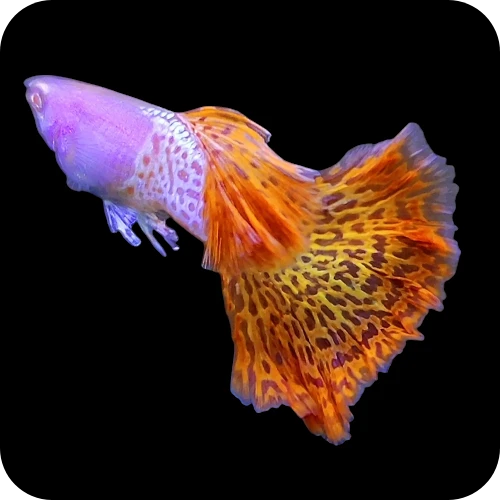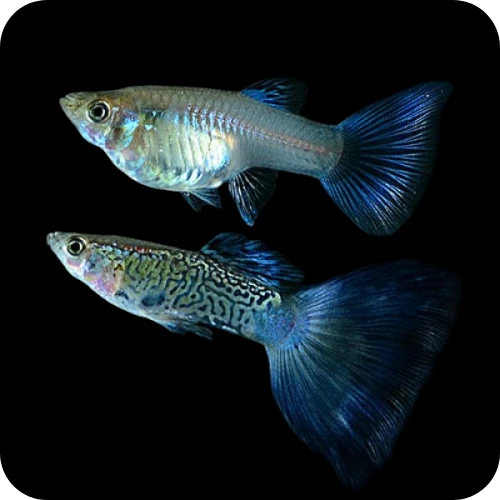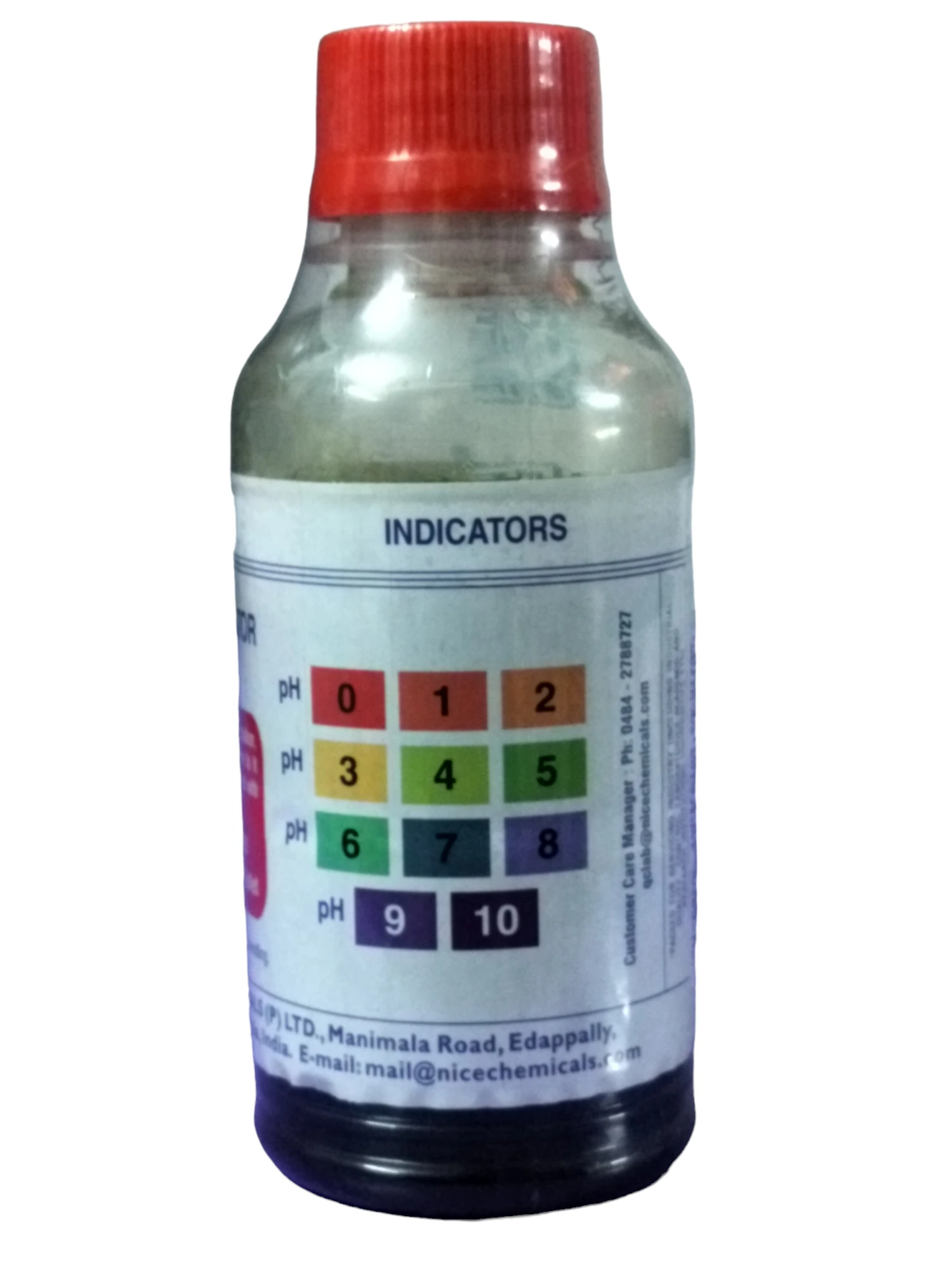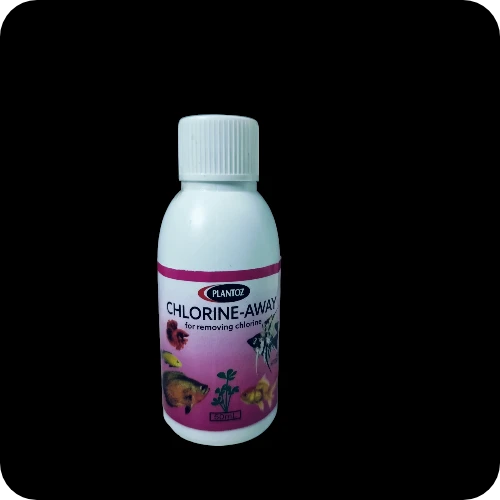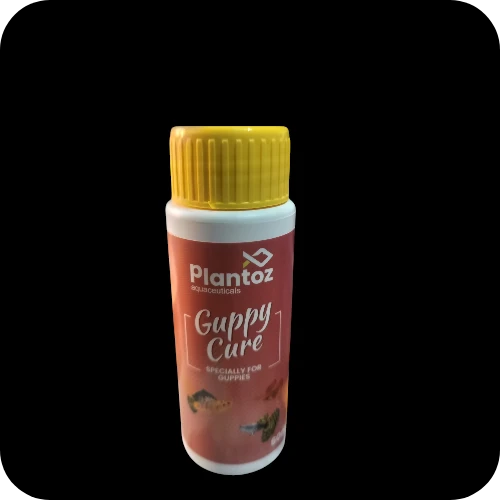Methylene blue is a chemical compound used in aquariums for several purposes, primarily as a treatment for various fish diseases and to aid in the prevention of fungal infections in fish eggs. Here are some key uses and considerations:
### Uses of Methylene Blue in Aquariums
1. Treatment of Fish Diseases: Methylene blue is effective against a range of fungal and bacterial infections, including those caused by external parasites such as Ichthyophthirius (Ich).
2. Prevention of Fungal Infections in Fish Eggs: It is commonly used in breeding tanks to protect eggs from fungal growth, ensuring better hatch rates.
3. Detoxifying Nitrite: Methylene blue can help to detoxify nitrite in the water, which is beneficial during instances of elevated nitrite levels.
### Application and Dosage
- Quarantine Tank: It's often best to use methylene blue in a separate quarantine or hospital tank to avoid staining the main tank and harming beneficial bacteria in the biological filter.
- Dosage: Follow the manufacturer’s instructions for proper dosage. Generally, a typical dose is around 1 teaspoon (5 ml) of a 2.303% solution per 10 gallons (38 liters) of water.
- Duration: Treatments usually last for several days to a week, depending on the severity of the infection and the specific instructions provided.
### Considerations and Precautions
- Staining: Methylene blue can stain aquarium decorations, silicone seals, and the tank itself.
- Impact on Beneficial Bacteria: It can harm the beneficial bacteria in the biological filter, so it’s recommended to use it in a quarantine tank.
- Oxygen Levels: High concentrations can reduce the oxygen-carrying capacity of fish blood, so ensure proper aeration during treatment.
### After Treatment
- Water Changes: After the treatment period, perform a series of water changes to gradually remove the methylene blue from the tank.
- Activated Carbon: Use activated carbon in the filter to help remove residual methylene blue from the water.
Methylene blue can be an effective treatment for many aquarium-related issues when used correctly. Always follow the product guidelines and consider consulting with an aquarium specialist or veterinarian for specific health concerns related to your fish.



